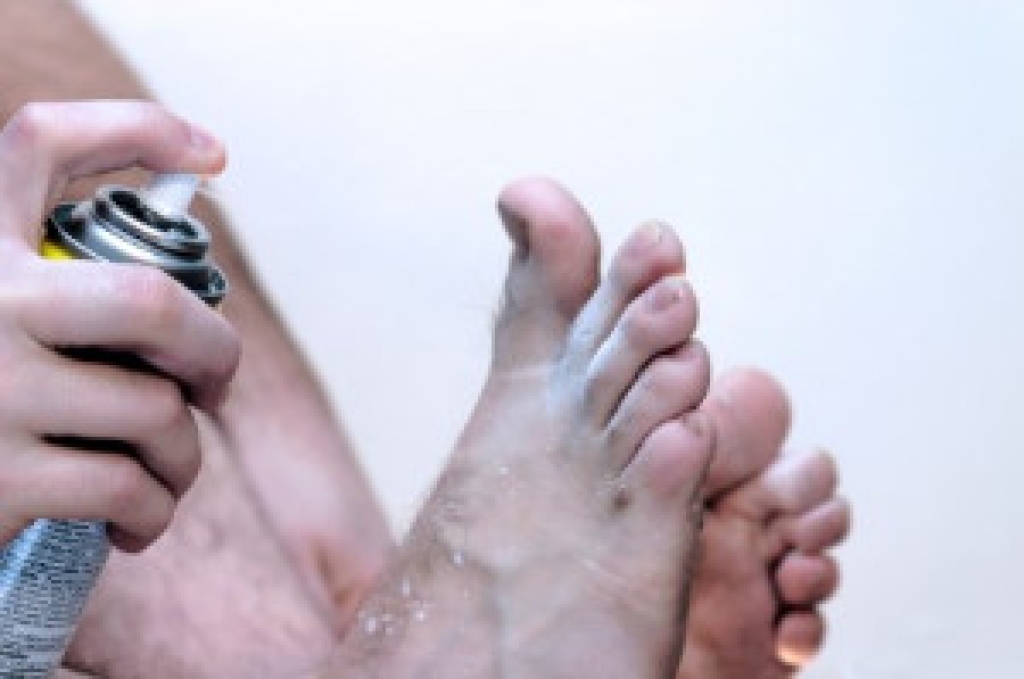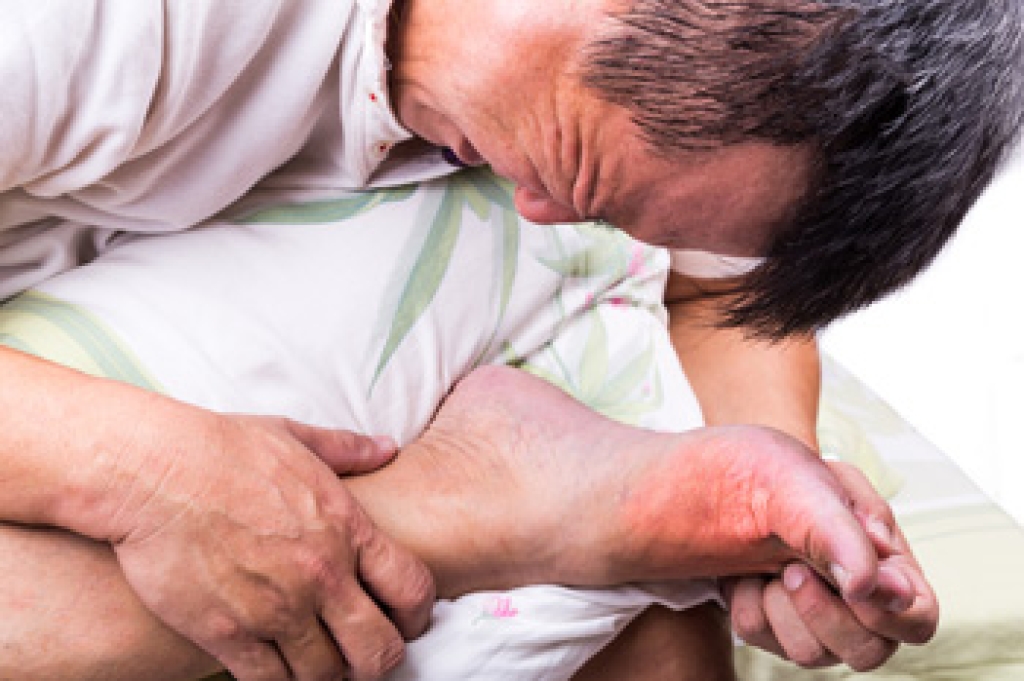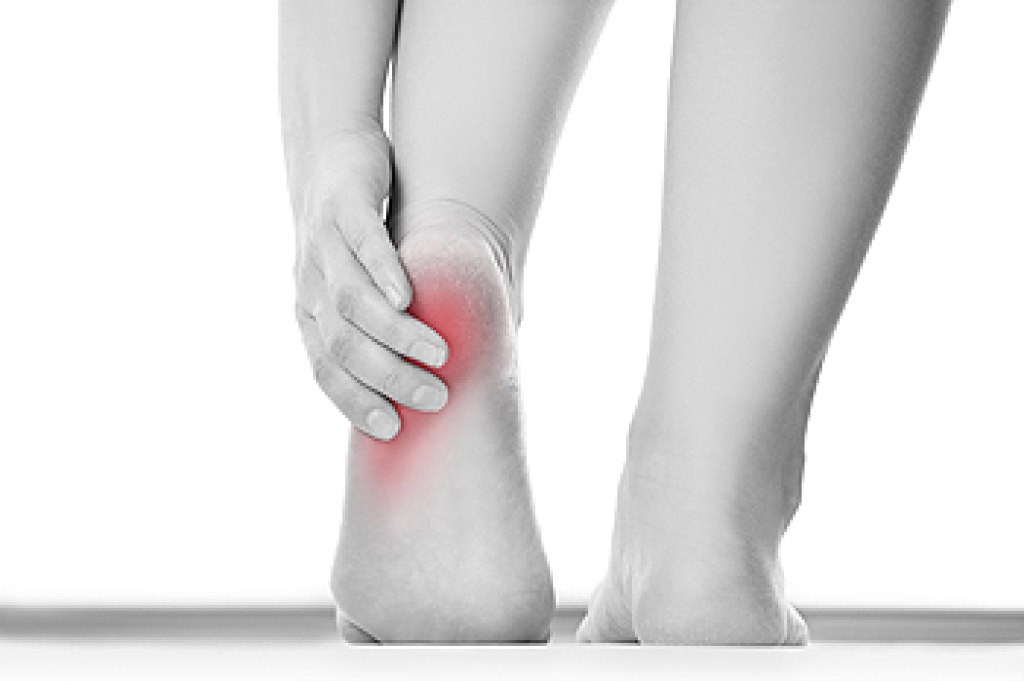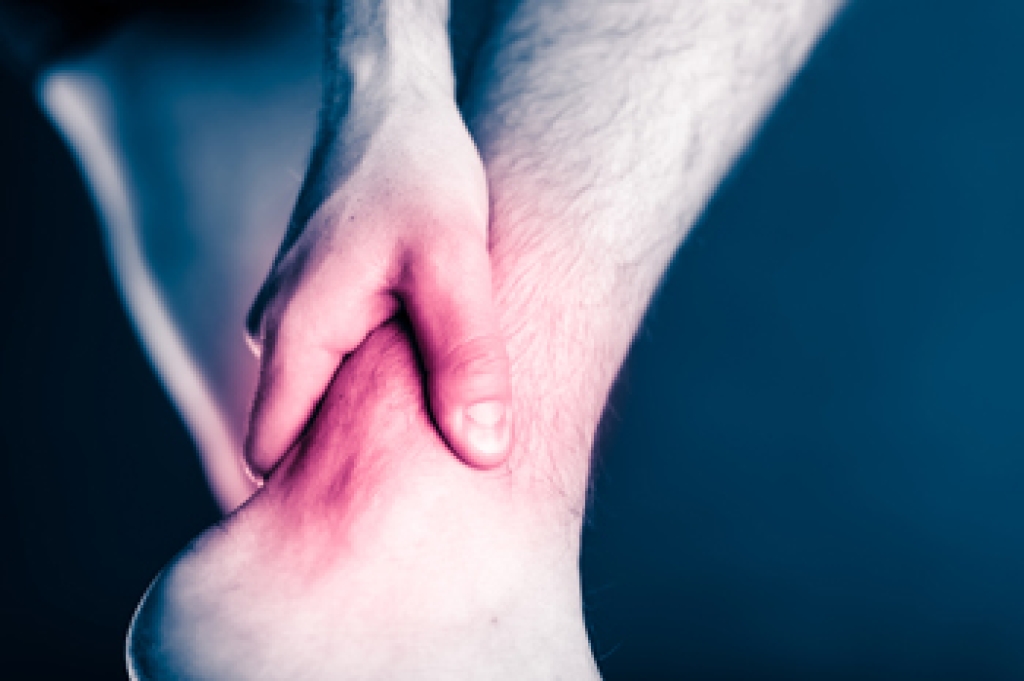 A fungal infection is the reason why many patients develop athlete’s foot. Typically, a rash may form between the toes and on the bottom of the foot. It may be accompanied by an unpleasant odor, and can cause severe redness and itching. It can develop from frequenting public swimming pools, locker rooms, and surrounding areas. Research has indicated the type of fungus that can cause this condition lives and thrives in these places and similar environments. Additionally there are certain medical conditions that can affect the skin, and may cause athlete’s foot. These can consist of impetigo and cellulitis. Mild relief may be found when the feet are clean and kept dry, and it may help to use an antifungal cream for mild cases. If your feet feel uncomfortable, and you think you may have athletes’ foot, it is suggested that you speak with a podiatrist who can help you to manage this condition.
A fungal infection is the reason why many patients develop athlete’s foot. Typically, a rash may form between the toes and on the bottom of the foot. It may be accompanied by an unpleasant odor, and can cause severe redness and itching. It can develop from frequenting public swimming pools, locker rooms, and surrounding areas. Research has indicated the type of fungus that can cause this condition lives and thrives in these places and similar environments. Additionally there are certain medical conditions that can affect the skin, and may cause athlete’s foot. These can consist of impetigo and cellulitis. Mild relief may be found when the feet are clean and kept dry, and it may help to use an antifungal cream for mild cases. If your feet feel uncomfortable, and you think you may have athletes’ foot, it is suggested that you speak with a podiatrist who can help you to manage this condition.
Athlete’s foot is an inconvenient condition that can be easily reduced with the proper treatment. If you have any concerns about your feet and ankles, contact Afsaneh Latifi, DPM from Lenox Hill Podiatry. Our doctor will treat your foot and ankle needs.
Athlete’s Foot: The Sole Story
Athlete's foot, also known as tinea pedis, can be an extremely contagious foot infection. It is commonly contracted in public changing areas and bathrooms, dormitory style living quarters, around locker rooms and public swimming pools, or anywhere your feet often come into contact with other people.
Solutions to Combat Athlete’s Foot
- Hydrate your feet by using lotion
- Exfoliate
- Buff off nails
- Use of anti-fungal products
- Examine your feet and visit your doctor if any suspicious blisters or cuts develop
Athlete’s foot can cause many irritating symptoms such as dry and flaking skin, itching, and redness. Some more severe symptoms can include bleeding and cracked skin, intense itching and burning, and even pain when walking. In the worst cases, Athlete’s foot can cause blistering as well. Speak to your podiatrist for a better understanding of the different causes of Athlete’s foot, as well as help in determining which treatment options are best for you.
If you have any questions please feel free to contact our office located in New York, NY . We offer the newest diagnostic and treatment technologies for all your foot and ankle needs.








